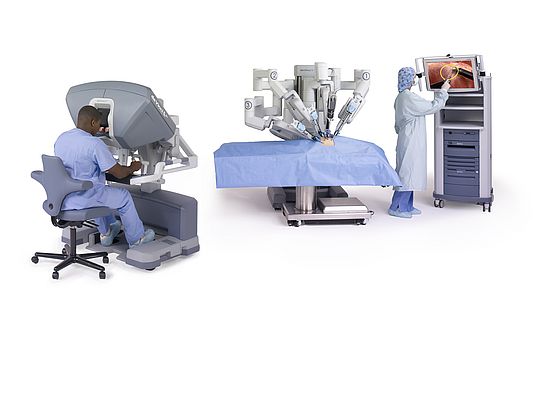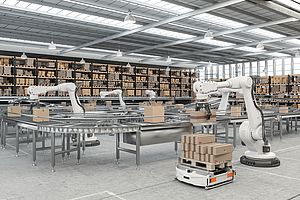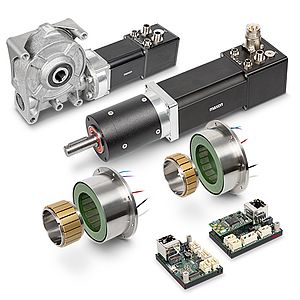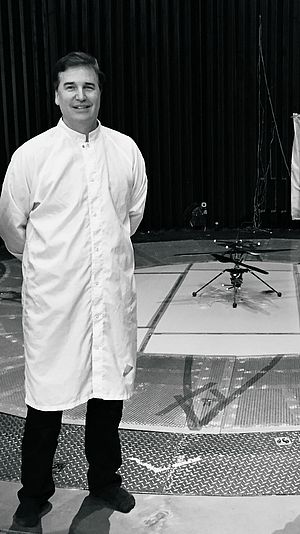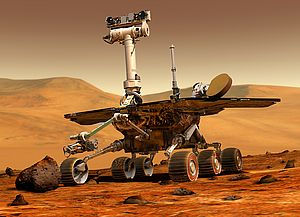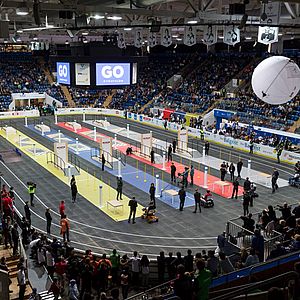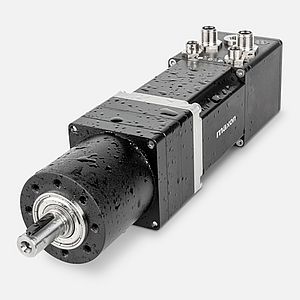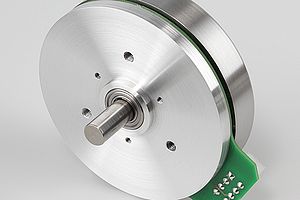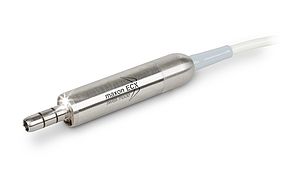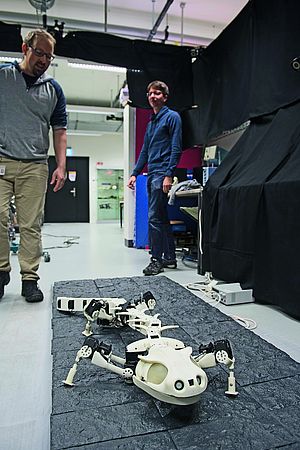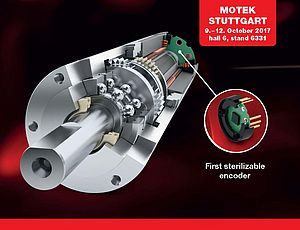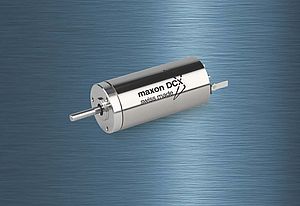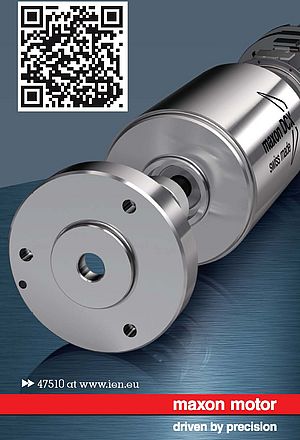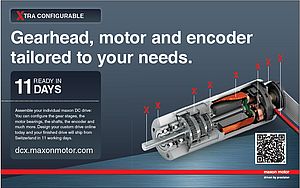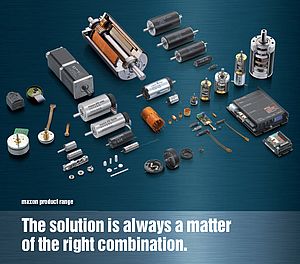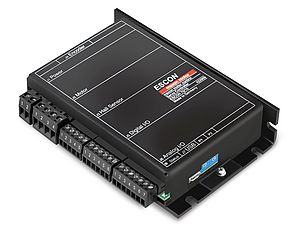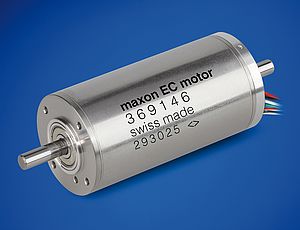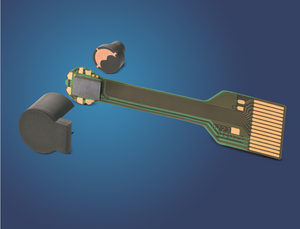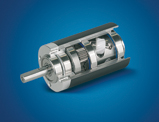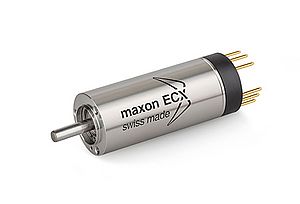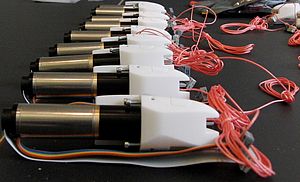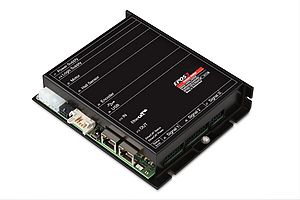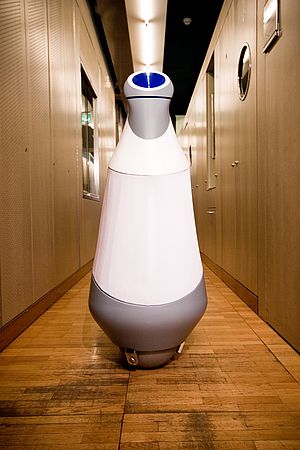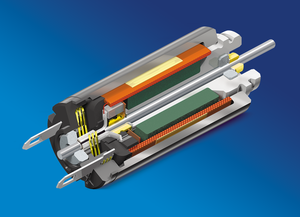Critical components used in the latest versions of the da Vinci S HD Surgical System include the high-quality motors that provide non-cogging operation even at low speeds.
The latest, next generation surgeries are being performed today using Intuitive Surgical Inc.’s (Sunnyvale, CA) da Vinci S HD Surgical System, which allows surgeons to perform the most minimally invasive procedures to date. The system incorporates the height of motion control technologies so that every motion provides the smooth, accurate movements reminiscent of a skilled surgeon – even at slow, calculated speeds. Over the past few years, as technological advances continue in the motion control industry, Intuitive Surgical has continued to upgrade its da Vinci S HD System using the best components and controls on the market to produce the da Vinci S HD, which continues to perform life-saving operations. Each da Vinci S HD System contains 39 maxon motors.
The Surgical System
The surgical system itself requires only the use of two 8- and one 12-mm wide hole in a patient, for insertion of the two surgical manipulators and a camera. Only the robot and surgical assistants stand over the patient, while the surgeon, the system operator, can be across the room at the Surgeon’s console where even the look and feel of the open surgery is duplicated with precision.
The da Vinci S HD Surgical System was designed to be integral to the operating room. It had to support the entire surgical team, just as every other member of the operation is expected to do. The whole system consists of three distinct components, which includes the surgeon console, patient-side cart that holds the instruments, and the image processing equipment.
The Surgeon Console is central to the ability of the da Vinci S HD to perform operations. Other attempts at performing surgery while using video proved difficult. The most prevalent challenge was that of directional reversals the surgeons had to deal with. Think of tying your shoes with chopsticks. When you move the chopsticks to the left, the tip moves to the right. That’s the counter-intuitive movement that is experienced in traditional laparoscopic surgery. At one time these counter-intuitive movements needed to be overcome by the surgeon through experience.
Through the use of the da Vinci S HD Surgical System, the surgeon is able to perform the operation while seated comfortably at a console viewing an unparalleled 3-D HD visualization of the surgical field. As the world’s first robotic surgical system with 3D HD vision, the system provides twice the effective viewing resolution than older models to now offer improved clarity and detail of tissue planes and critical anatomy. The InSite Vision System, the High resolution 3-D HD Endoscope and Image Processing Equipment used by the system provides true-to-life images of the operative field. Operating images are enhanced, refined, and optimized using image synchronizers, high-intensity illuminators and camera control units.
Also at the console, the surgeon performs movements using masters (that replicate surgery motions). The surgeon's fingers grasp the master controls below the display with wrists naturally positioned relative to his or her eyes. Then, the surgeon’s movements are seamlessly translated into precise, realtime movements inside the patient.
The robotic manipulators are controlled by the surgeon through wrist, hand, and finger moves just as a typical surgery would be. A full range of optional EndoWrist Instruments are provided for the system. These instruments are designed with seven degrees of motion that mimics the dexterity of the human wrist. Each instrument has a specific surgical mission such as clamping, suturing, and tissue manipulation.
The patient-side cart houses the two robotic arms and one endoscope arm, which duplicate the surgeon’s movements. System options are available for a third robotic arm, allowing surgeons to utilize an additional endoscopic instrument and further enhance surgical capabilities. The laparoscopic arms pivot at the operating port, eliminating the use of the patient's body wall for leverage. This minimizes tissue and nerve damage. Supporting surgical team members install the correct instruments, prepare the port in the patient, and supervise the laparoscopic arms and tools being used.
Selecting the Motors
Highly accurate motion control is necessary when manipulating robotic surgical tools through small (8 to 10 mm) holes to perform an operation inside the human body. At the heart of each manipulator are dc servomotors designed and manufactured by maxon.
According to Mike Prindiville, Manager, Manufacturing Engineering for Intuitive Surgical, “While there are many options available on the market, maxon motors have consistently met our demands for performance and quality, and been a strong partner in the success of our product.” The maxon motors provide the inputs and outputs to the da Vinci S HD System. Through a series of feedback controls, the motors and encoders receive inputs from the surgeon, are translated in real-time through the console electronics, and provide output signals to the motors in the manipulators. In turn, the manipulators exert forces back through the console electronics to the surgeon’s hands.
Intuitive engineers have designed in over thirty maxon motors, including RE 25 motors, some with and some without encoder feedback; RE 13 mm motors equipped with GP 13 series gearheads and 13mm magnetic encoders; and RE 35 series motors with third party encoders.
maxon motors are designed with rare earth magnets in their stators and incorporate an ironless rotor design, thus eliminating magnetic cogging. Especially at slow operating speeds, this represents a considerable advantage compared to conventionally designed motors. The motors also offer good power density and smooth rotation, both of which are important to the Intuitive application.
The motors used on the surgeon’s side cart are called masters to distinguish their dual role. The slave side, or manipulator motors, required the same precision, but also needed to be able to be backdriven while an assistant surgeon moved the end effectors into position. The motors also exhibit low hysteresis at the instrument tips.
Conclusion
The da Vinci S HD Surgical System is the only commercially available technology that can provide the surgeon with the intuitive control, range of motion, fine tissue manipulation capability, and 3-D visualization characteristic of open surgery, while simultaneously allowing the surgeon to work through small ports of minimally invasive surgery. The availability of motors and other components that are designed and manufactured using the latest technologies allows such systems to enter the marketplace.
The da Vinci S HD Surgical System is based on foundational robotic surgery technology developed at SRI (formerly known as Stanford Research Institute). Intuitive Surgical later formed relationships with IBM, Massachusetts Institute of Technology, and Heartport, Inc. to further develop the da Vinci S HD System. The FDA had approved the system for use in such abdominal surgery as gall bladders and colon surgery, for chest surgery excluding the heart, and for prostate surgery. The da Vinci S HD System is already used in Europe for heart bypass procedures.
According to Mike Prindiville, Manager, Manufacturing Engineering for Intuitive Surgical, “On any given day, we rely on 10,000+ maxon motors to deliver patient, surgeon, and hospital value all over the world. maxon motors have demonstrated a proven track record of reliability, low friction, and extended life. Each da Vinci System is tested for critical performance characteristics, including friction, backlash, and compliance profiles, and a wide range of sensor feedback monitoring.”


